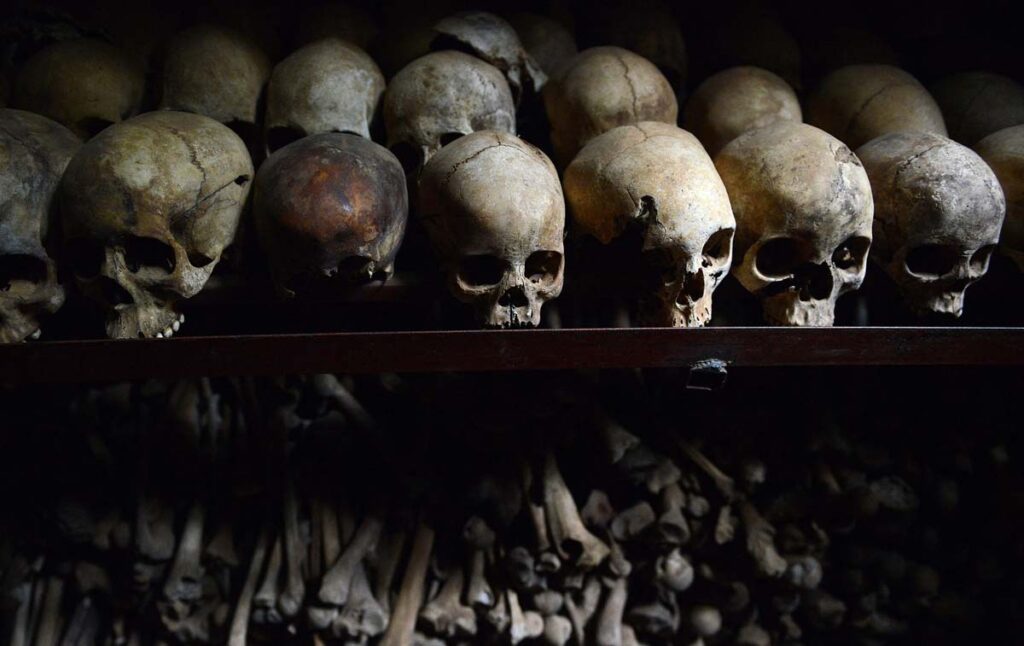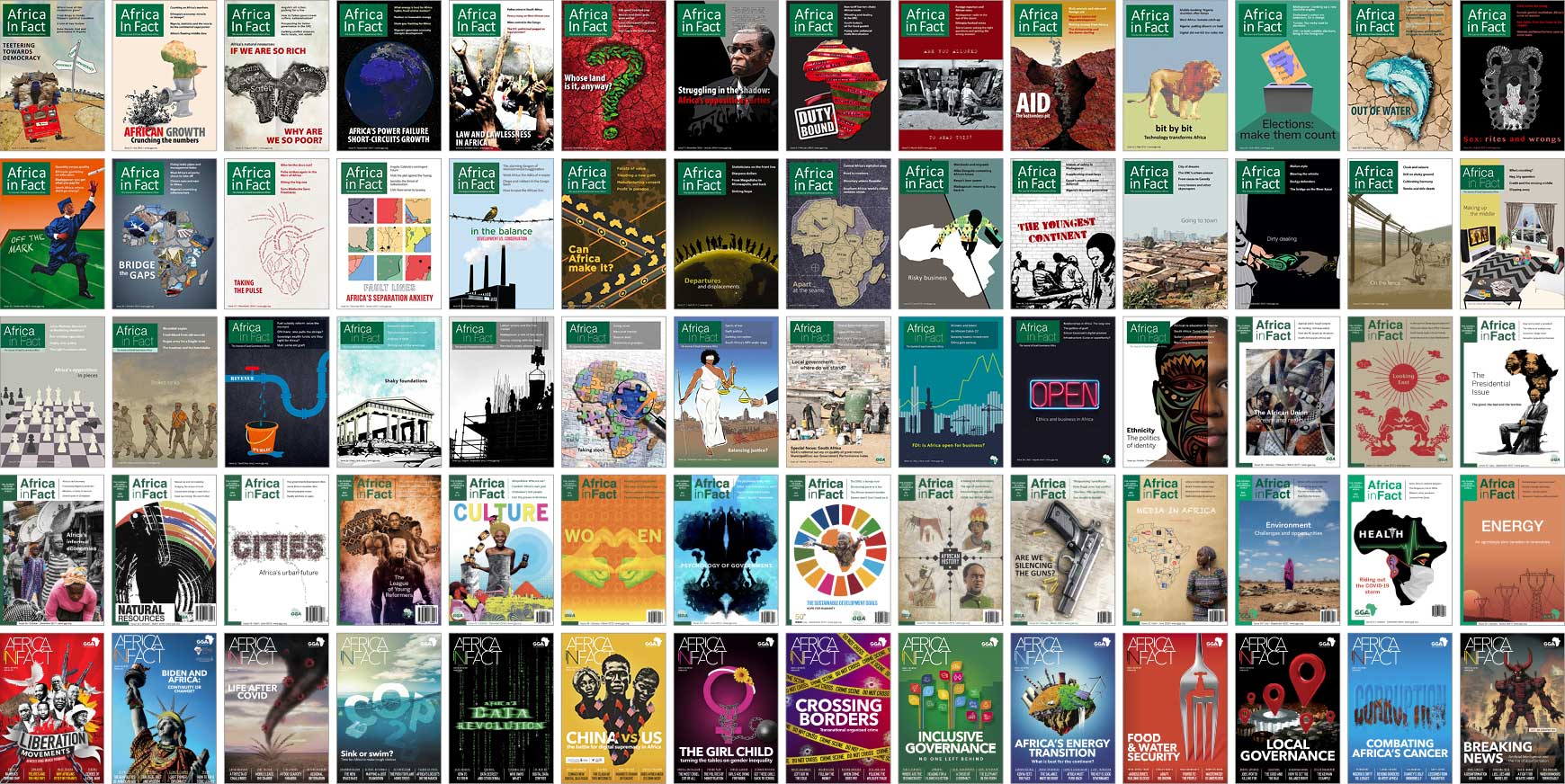The African Union (AU) champions continental growth, integration, and peace. Aspiration 4 of Agenda 2063 stipulates the continental ambition of building a peaceful and secure Africa through dialogue-driven conflict resolution. This noble goal is increasingly challenged by state-based conflicts, which have alarmingly doubled between 2013 and 2023, as reported by the Peace Research Institute Oslo (PRIO), as well as recent coups that have taken place in Mali, Chad, Sudan, Burkina Faso, and Guinea. These stark realities demand the AU’s persistent focus on conflict prevention and resolution.
From its outset, the AU prioritised peace and security to recognise stability as a prerequisite for development. This was further institutionalised by the African Union Peace and Security Architecture (APSA), which offers a comprehensive framework for addressing conflicts on the continent. Central to APSA is the Peace and Security Council (PSC), supported by the Commission, the Panel of the Wise, the Continental Early Warning System (CEWS), the African Standby Force (ASF), and the Peace Fund, to fulfil its mandate.
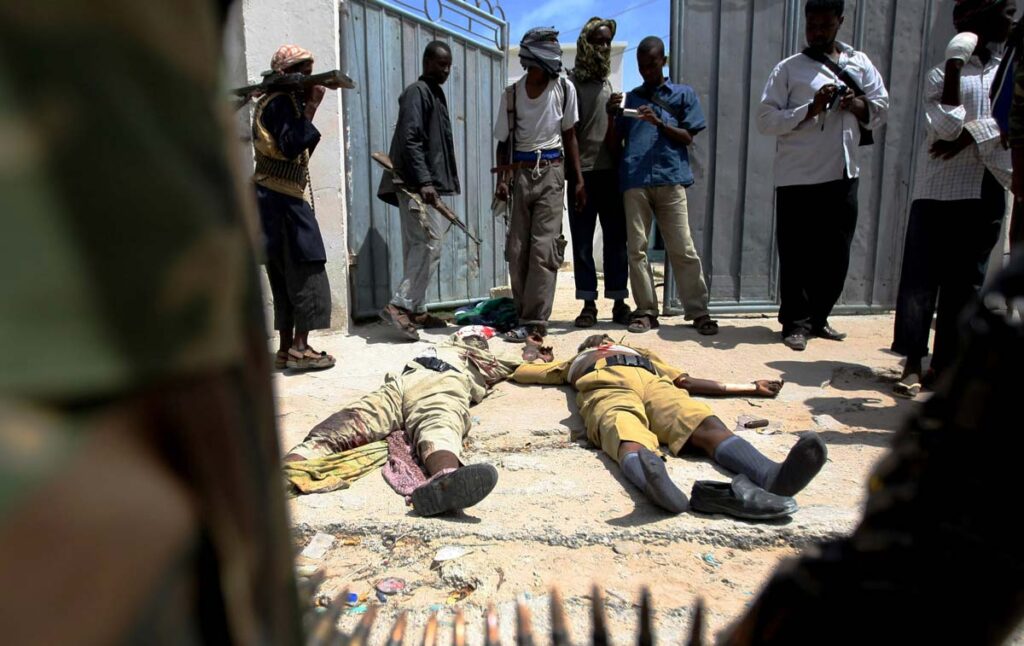
A spokesperson from the AU Support Operations noted last month that “the AU’s commitment to peace support operations stems from the international community’s inaction during the Rwandan genocide”. This is stipulated in Article 4J of the AU Protocol relating to the establishment of the PSC. The AU currently runs two mandated peace support operations, namely the African Union Support and Stabilisation Mission in Somalia (AUSSOM) and the African Union Monitoring, Verification and Compliance Mission (AU-MVCM) in the Tigray region, Ethiopia.
Analysts have praised AU peace operations for being rapid, cost-effective, and more flexible than UN peacekeeping missions. They are also a mechanism to coordinate African security sources and solicit resources other than those offered by the UN. However, these operations face several challenges, including a shortage of funding, logistical bottlenecks, and the ongoing outbreak of new conflicts in various parts of the continent.
This article will examine closely the three different AU-mandated peace operations in Somalia: the African Union Mission in Somalia (AMISOM), the African Union Transition Mission in Somalia (ATMIS), and AUSSOM.
After the culmination of Mohammed Siad Barre’s regime in 1991, Somalia was plunged into protracted conflicts resulting from the lack of a legitimate central government. Since 2000, there have been several attempts to establish a central government in the country, which have failed due to various factors, including armed resistance from inside, and complex regional dynamics. Some of these attempts include the establishment of the Transitional National Government (TNG) in 2000 and the Transitional Federal Government in 2004.
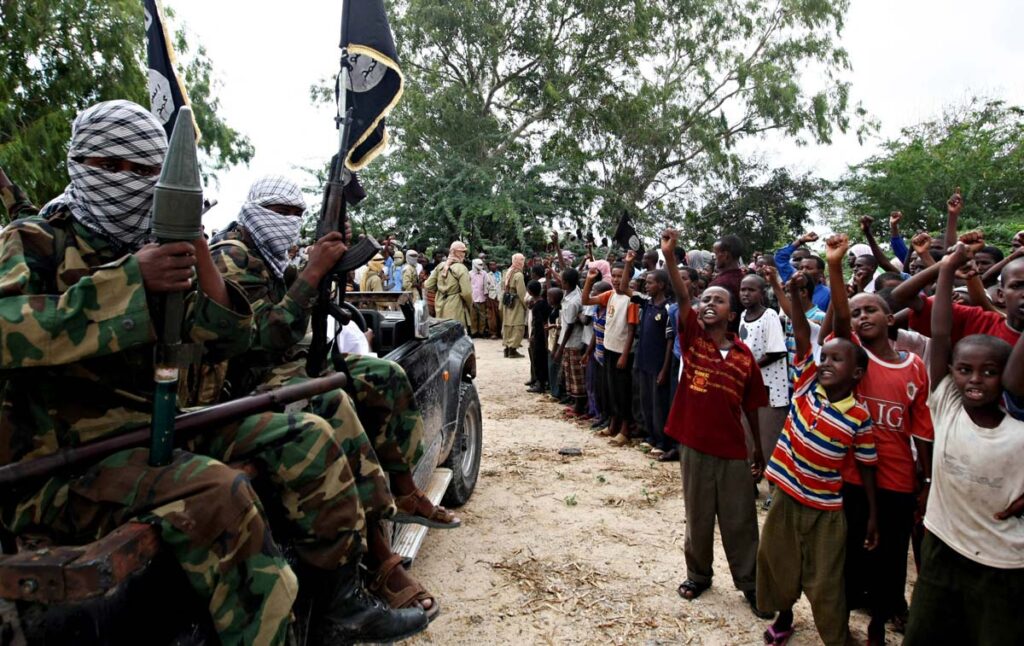
The TNG faltered due to its inability to win over internal armed groups and losing its support from regional actors such as Ethiopia, following its strategy of collaborating with the Islamic Court to gain internal support. The TFG was then formed in 2004 with the aim of consolidating central authority. However, the United Islamic Courts (UIC) rapidly expanded its influence, capturing Mogadishu by June 2006. This prompted an Ethiopian military intervention in December to fight extremist tendencies considered to be a threat to Ethiopia. Though initially successful, Ethiopia’s presence proved unsustainable.
The security vacuum that followed led to UN Security Council Resolution 1744 of February 20, 2007, reauthorising AMISOM. As per Security Council Resolution 2372 (2017), AMISOM was mandated to: (1) enable the gradual handing over of security responsibilities from itself to Somali security; (2) reduce the threat posed by Al-Shabab and other armed opposition groups; (3) assist the Somali forces to provide security for the political process at all levels as well as stabilisation, reconciliation and peace building in Somalia.
AMISOM was pivotal in preventing the disintegration of the TFG. Writing in his 2018 book, Fighting for Peace in Somalia, international affairs expert Paul Williams noted that the TFG under the leadership of President Sharif Sheikh Ahmed (2009-2012) would not have survived if it were not for AMISOM, which significantly shrank Al-Shabab’s territorial control. Ethiopian diplomat, researcher and political scientist Markos Rike has noted that “AMISOM thwarted Al-Shabab’s governmental ambitions, reducing it to a gorilla terrorist group and preventing Somalia from becoming a haven for international terrorists.”
Beyond security, the AU mission supported the establishment of a federal structure in Somalia between 2013 and 2016, built the capacity of the Somali Security Forces, and created a safer environment for humanitarian and diplomatic work out of Mogadishu and across south-central Somalia.
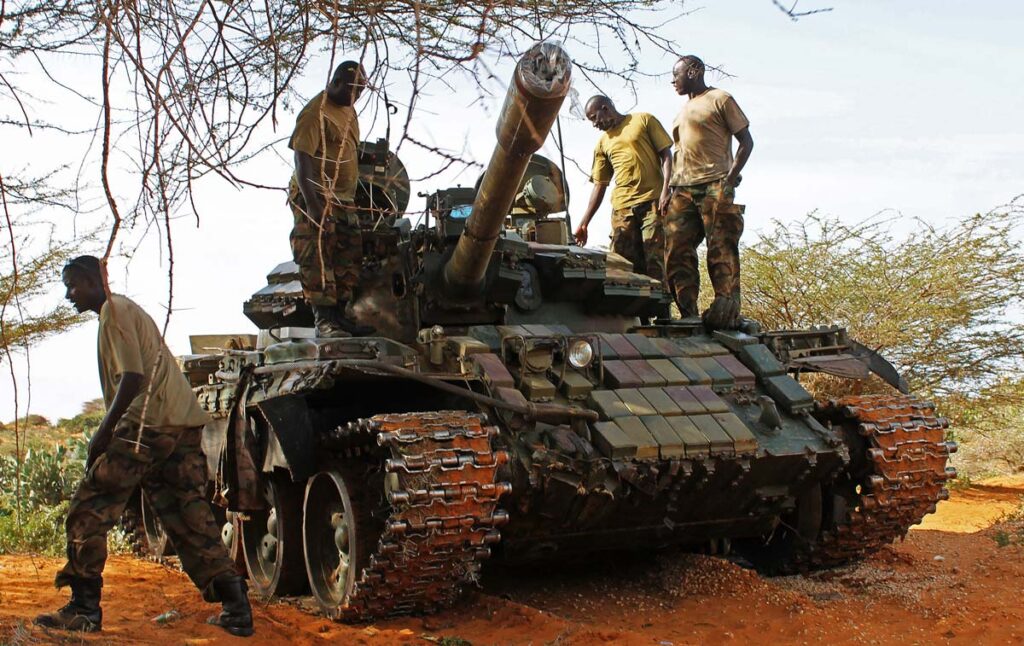
However, the mission encountered several operational challenges, including funding, logistics, and coordination among troop-contributing countries (TCCs). According to an informant with insider knowledge from the Peace Support Operations Division of the AU, “AMISOM depended on voluntary bilateral assistance, mainly from the European Union, while the UN’s logistical support to AMISOM (UNSOA) began operation in 2009. UNSOA provides a wide range of logistical support, including essentials like food, water, healthcare, fuel, infrastructure, vehicles, IT, and aviation services.”
The logistical challenge with UNSOA was that its lengthy procurement and recruitment procedures did not match the highly volatile and dynamic operating environment. In addition, the TCCs lacked coordination, and, internally, the Somalia National Security Force (SNSF), which was considered a major actor in the country’s prospect for stability, became overly dependent on TCCs and other external actors for military equipment and ammunition support as well as the salaries of its officials, all of which compromised Somali ownership.
On 1 April 2022, the AU, the UN, and the Somali government agreed to replace AMISOM with ATMIS. ATMIS was mandated to support the Federal Government of Somalia in implementing the Somalia Transition Plan and hand over responsibilities to the Somali security forces by the end of 2024.
Zekarias Beshah, a senior researcher at the think tank Amani Africa, says, “Compared to AMISOM, ATMIS was designed to be a more mobile and offensive mission, with the aim of liberating areas under the control of Al-Shabab.” The plan also involved an ATMIS drawdown with the expectation that the SNSF would then assume control, although the federal government failed to raise the expected forces.
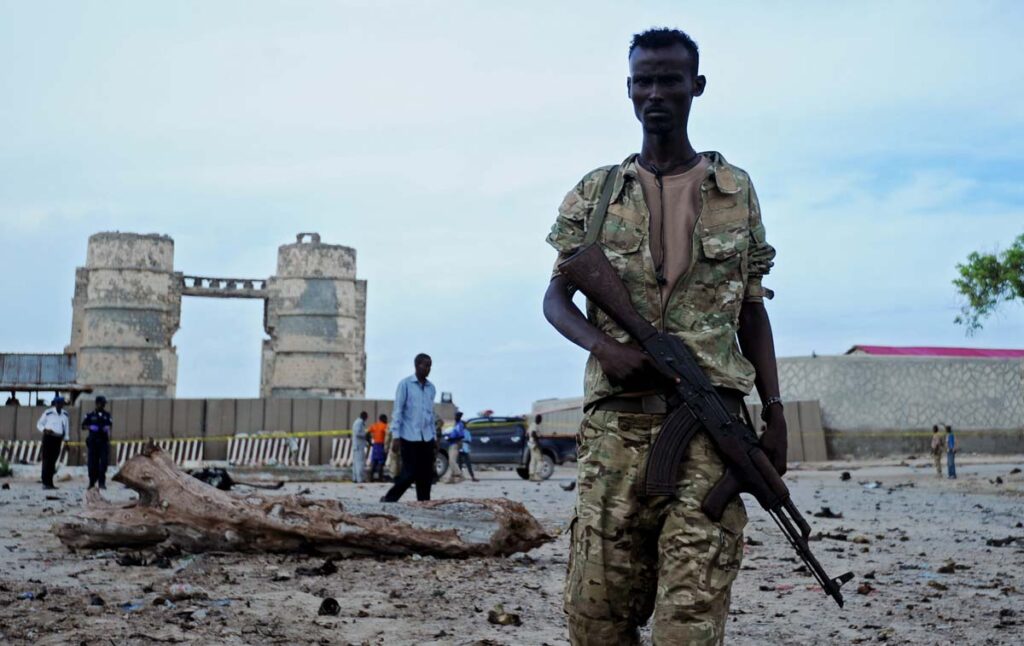
Beshah points out that ATMIS was able to hand over several Forward Operating Bases (FOBs) to the federal government, reflecting progress made by both AMISOM and ATMIS. However, both Zekarias and Markos consider the strained relationship between Somalia’s federal government and member states a challenge to a solution for sustainable peace, which they argue lies in the hands of the government and other local actors.
Towards the completion of ATMIS, the TFG requested a follow-up mission, stating that Somalia’s security challenges remained unresolved. Markos says, “The follow-up mission was necessitated as Al-Shabab continue to launch attacks in Mogadishu and other parts of Somalia, accompanying the drawdown of ATMIS forces.”
On 1 January this year, AUSSOM replaced ATMIS. This new mission aims to prioritise training and equipping the Somali security forces to enhance their ability to independently maintain peace and security.
Now, for AUSSOM to succeed in its critical mandate of strengthening the Somali security force and enabling a responsible handover, it is essential that the international community, Somali political actors, the AU, and the TCCs make a unified effort to ensure a successful outcome. Yet, the path to success is fraught with critical impediments that require immediate action. Foremost among these is a serious funding deficit.
Hopes for sustainable financing via UNSC resolution 2719, which promised AU-led peace support operations 75% of their expenses would be accessed from UN-assessed contributions, were abruptly dashed by a US objection to the anticipated May 2025 approval. A summit of TCCs in late April this year reported a significant funding gap for AUSSOM operations; the mission required an estimated $96 million for the period January to June 2025, while the AU had thus far secured only $16.7 million.
Deep-seated internal political schisms in Somalia, exacerbated by an impending national election in May 2026, compound this financial challenge. In addition, AUSSOM’s operational cohesion is threatened by tensions between some of the TCCs stemming from geopolitical competition, notably the persistent Egypt-Ethiopia Nile dispute.

Firehiwot Sintayehu
Dr Firehiwot Sintayehu is an assistant professor of political science and international relations at Addis Ababa University, currently serving as interim vice executive dean for research and engagement for the College of Social Sciences, Arts, and Humanities. She holds a PhD in political science. Dr Firehiwot has cultivated rich expertise in hydropolitics, transboundary natural resource management, gender dynamics, migration studies, political economy, and conflict and peacebuilding. This expertise is demonstrated through her extensive portfolio of research and consulting assignments for leading national and international organisations.

